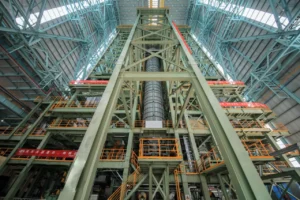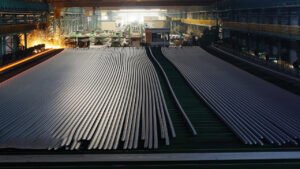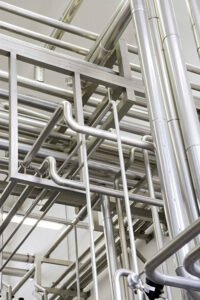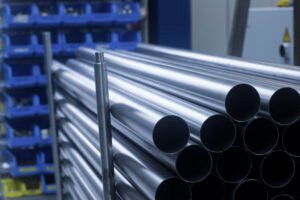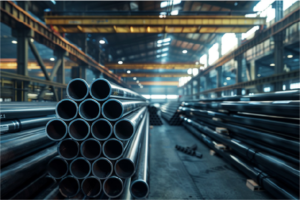What are the Types of Stainless Steel Coil Tubes (Grades & Finishes)?
Choosing the wrong coil tube is a costly mistake. This error can lead to project delays and system failures. Understanding the core types by grade and finish prevents this.
The primary types of stainless steel coil tubes are defined by their grade (e.g., 304, 316L) and surface finish (e.g., mill, brushed, polished). Each combination offers unique properties for specific industrial applications, from corrosion resistance to aesthetic appeal.

As the Global Business Director at MFY, I've seen firsthand how a deep understanding of these details separates successful, innovative projects from costly failures. The choice is not just functional; it's a strategic decision that impacts efficiency, longevity, and your bottom line. Let's break down what you need to know to make the right call every time.
What is the Overview of Stainless Steel Coil Tube Grades?
The sheer number of steel grades is overwhelming. Picking the wrong one leads to poor performance and premature failure. Focus on the most common grades and their core strengths.
Stainless steel grades are alloys categorized by their chemical composition. The most common for coil tubes are austenitic grades like 304, for general use, and 316, for superior corrosion resistance, especially in marine or chemical environments. Other grades offer specialized properties.
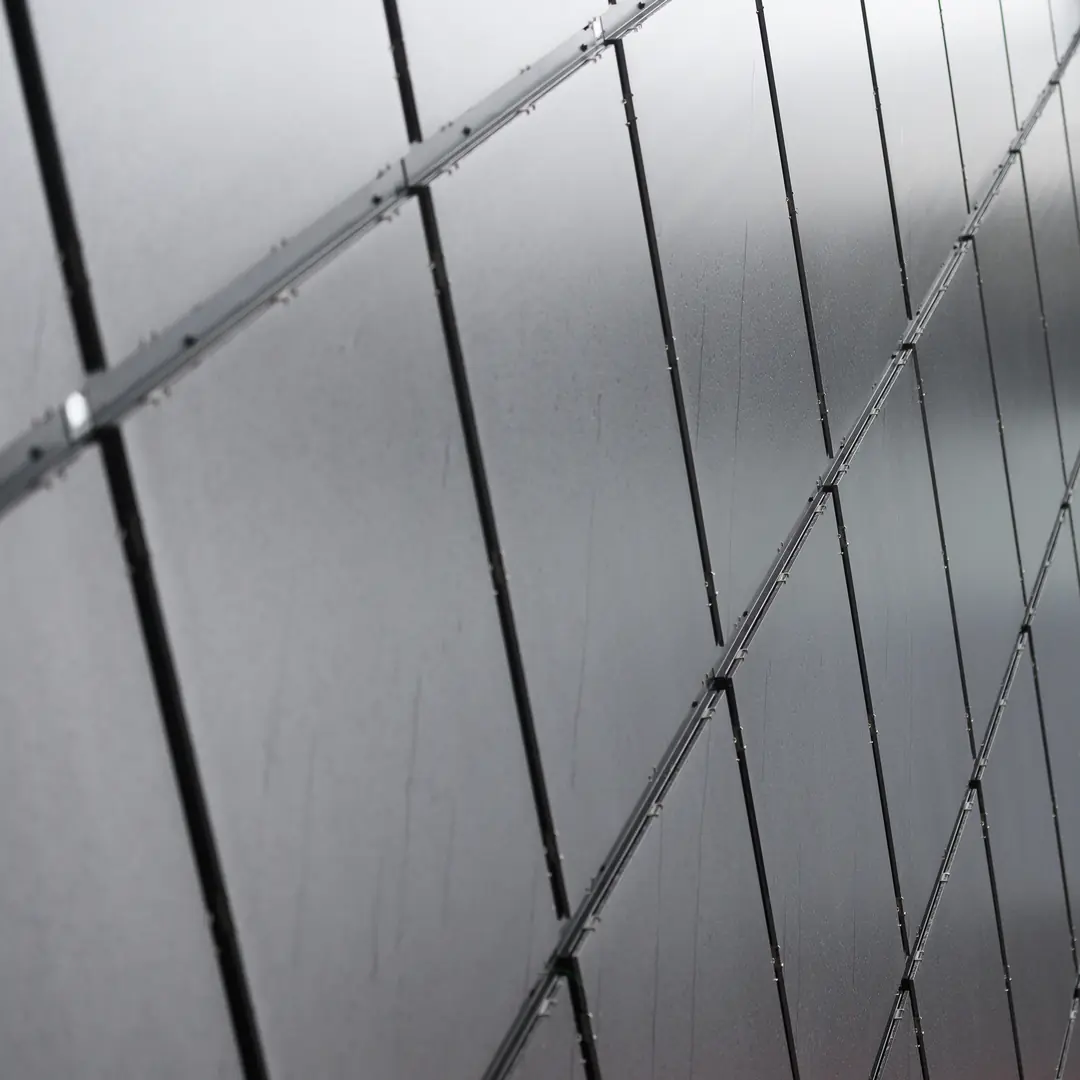
At its core, selecting a grade is the first and most critical step in defining your coil tube's performance. It's about matching the material's fundamental chemistry to the environment it will live in. This knowledge is pivotal for engineers and manufacturers who are not just meeting a specification but are aiming to innovate and improve product efficiency. I remember a client in the food processing sector who initially specified Grade 304 for a system that handled high-saline brines. We walked them through the data and guided them to 316L, which contains molybdenum[^1] for enhanced chloride resistance. This small change prevented catastrophic corrosion and saved them significant replacement costs down the line. This is where granular knowledge becomes a real competitive edge.
Common Austenitic Grades
The 300-series austenitic steels are the workhorses of the industry due to their excellent formability and corrosion resistance. Understanding the nuances between them is key.
| Grade | Key Elements | Primary Benefit | Typical Application |
|---|---|---|---|
| 304 | 18% Cr, 8% Ni | Cost-effective, good general corrosion resistance | Food processing, kitchen equipment, general tubing |
| 316 | 16% Cr, 10% Ni, 2% Mo | Superior resistance to chlorides and acids | Marine hardware, chemical processing, medical implants |
| 316L | Lower Carbon than 316 | Reduced carbide precipitation during welding | Welded components in corrosive environments |
| 321 | 304 + Titanium | Stabilized for high-temperature service | Aircraft exhaust systems, expansion joints |
Beyond the Basics: Specialized Grades
While austenitic grades cover most applications, sometimes you need more. Duplex grades, for example, offer a combination of austenitic and ferritic structures, providing higher strength and excellent resistance to stress corrosion cracking[^2], making them ideal for demanding environments like offshore oil and gas.
How do you Understand the Different Finishes of Stainless Steel Coil Tubes?
Surface finish often seems like a minor detail. But it directly impacts corrosion resistance, cleanability, and overall performance. Learn the key finishes and their functional roles.
Stainless steel finishes describe the surface texture of the coil tube. Common types include a dull 'mill' finish (2B or No. 1), a unidirectional 'brushed' finish (No. 4), and a highly reflective 'polished' or 'mirror' finish (No. 8).

The finish of a stainless steel tube is far more than just an aesthetic choice; it is a critical functional specification. The texture of the surface can dramatically alter how the tube interacts with its environment. This is where businesses can tailor their material choices to meet the stringent requirements of sectors like pharmaceuticals, food processing, or architecture. A smoother, more polished surface has fewer microscopic peaks and valleys where contaminants or bacteria can hide. This makes it easier to clean and sterilize, a non-negotiable requirement in hygienic applications. Conversely, a brushed finish might be specified for architectural elements where light reflection and fingerprint resistance are more important. This nuanced comprehension empowers businesses to select materials that drive advancements in product quality and market differentiation.
Functional vs. Aesthetic Finishes
Each finish serves a purpose, whether it's purely functional, purely aesthetic, or a blend of both. The key is to match the finish to the application's primary demand.
| Finish Name | Description | Key Advantage | Common Application |
|---|---|---|---|
| No. 1 / HRAP | Hot-rolled, annealed, pickled. Rough, dull. | Low cost, good for heavy industrial use. | Where appearance is not a concern; structural. |
| 2B Mill | Cold-rolled, smooth, reflective gray finish. | General-purpose, good corrosion resistance. | Most common finish for a wide range of uses. |
| No. 4 Brushed | Polished with fine abrasives for a satin look. | Hides fingerprints, decorative. | Kitchen appliances, architectural panels. |
| No. 8 Mirror | Highly polished, very reflective surface. | Maximum smoothness, hygienic, aesthetic appeal. | Decorative trim, mirrors, food/pharma surfaces. |
How do Grade and Finish Impact Performance?
It's easy to focus on just one factor, like grade. But the combination of grade and finish is what truly determines success. You must understand their synergistic relationship.
The grade determines the tube's intrinsic properties like corrosion resistance and strength. The finish modifies the surface, affecting cleanability, friction, and aesthetic appeal. A proper combination is critical for long-term performance and durability.

The interplay between grade and finish is where material science translates into real-world results. Thinking about these two elements together is essential for meeting long-term strategic goals like sustainability and cost efficiency. You can have the best grade of steel in the world, like 316L, but if it has a rough finish in a hygienic application, it can still harbor bacteria and fail to meet standards. The finish directly impacts the effectiveness of the grade's inherent properties. A smoother finish enhances the protective chromium-oxide passive layer[^3], making it more uniform and less susceptible to localized corrosion. This synergy is what allows for true innovation in product design. For a marine heat exchanger, you need Grade 316 for its chloride resistance. But you also need a smooth, polished internal finish to minimize biofouling[^4] and scale buildup, which maximizes thermal efficiency and reduces maintenance. This is how smart material selection drives operational efficiency and creates a more sustainable, cost-effective solution over the product's entire lifecycle.
Corrosion Resistance: A Combined Effect
A material's ability to resist corrosion is not solely dependent on its chemical makeup. The surface condition is a critical partner. A rough surface finish creates more surface area and provides microscopic crevices where corrosive agents, like chlorides, can accumulate and initiate pitting corrosion[^5]. A smooth, polished finish helps ensure that contaminants are washed away easily, allowing the passive layer to remain intact and do its job effectively.
Mechanical and Aesthetic Synergy
In applications like architecture or high-end equipment manufacturing, the combination is everything. A strong, durable grade ensures structural integrity, while a carefully chosen finish, like a No. 4 brush, provides the desired visual effect. This allows designers to create products that are both beautiful and built to last, reinforcing brand quality and market position.
What are the Recommendations for Selecting the Right Stainless Steel Coil Tube?
Making the final choice on a specification is daunting. A wrong decision is not just a mistake; it's an expensive liability. Follow a clear, step-by-step process for success.
First, define the operating environment (temperature, chemicals, stress). Second, select the grade that meets these corrosion and strength requirements. Finally, choose the finish based on aesthetic needs, cleanability, and budget. Always consult with your supplier.
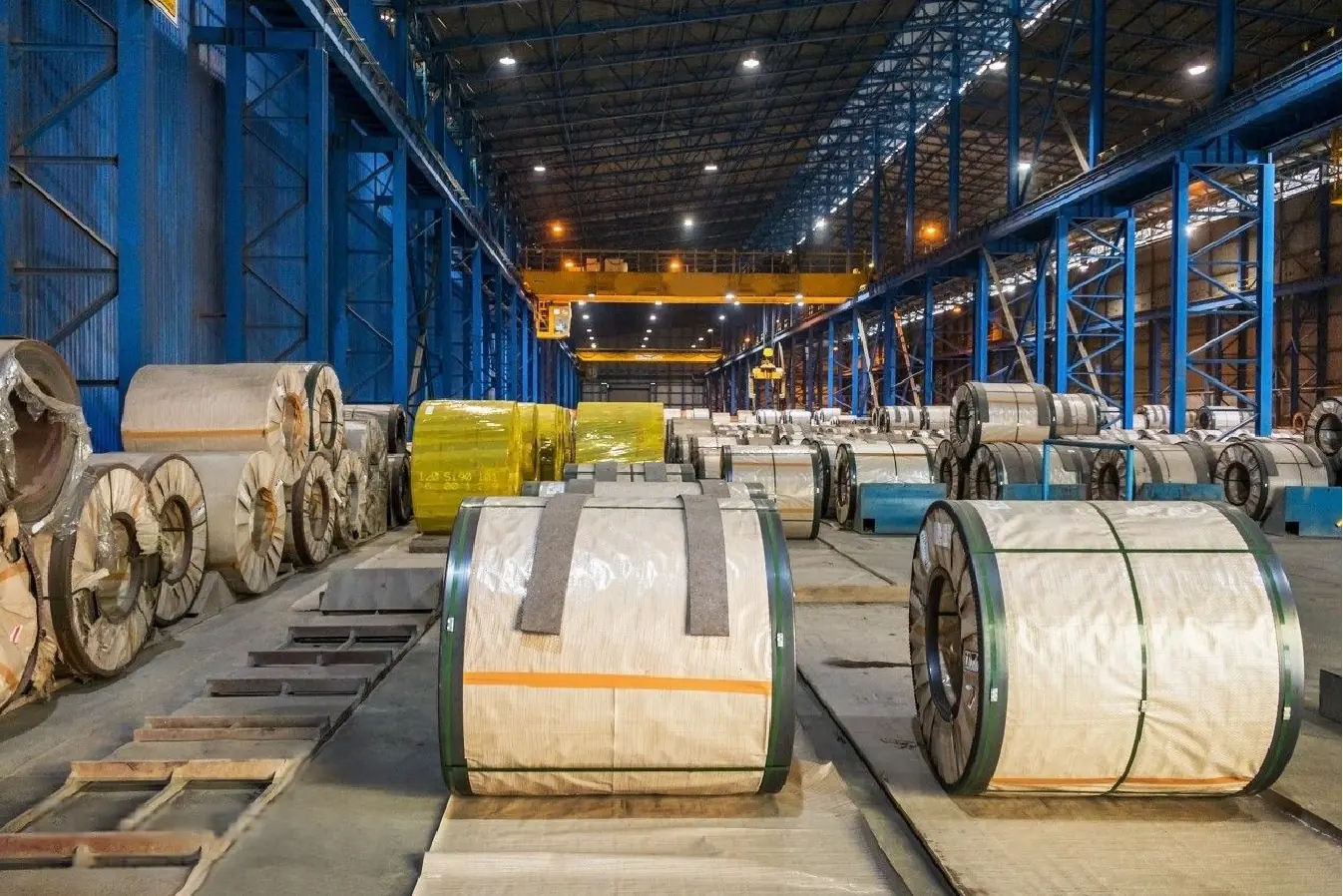
Leveraging a granular understanding of these factors in your procurement process is what gives you a competitive edge. At MFY, our process with clients always starts with a deep dive into the application. We don't just ask "What do you need?" We ask "What are you trying to achieve?" This collaborative approach ensures the material specification aligns perfectly with their long-term business goals, reinforcing resilience in their supply chain and preventing costly over-specification or, even worse, under-specification. This is about moving from a transactional purchase to a strategic partnership. Your supplier should be an asset who helps you navigate these complexities.
Step 1: Environmental Analysis
Before you can choose a material, you must intimately understand its future home. Ask critical questions:
- Chemical Exposure: What specific chemicals, concentrations, and pH levels will the tube encounter?
- Temperature Range: What are the minimum and maximum operating temperatures? Will there be thermal cycling?
- Mechanical Stress: What are the pressure requirements? Will it be subject to vibration or physical impact?
Step 2: Balancing Cost and Performance
It's tempting to choose the cheapest option, but that often leads to a higher total cost of ownership. A slightly more expensive grade or finish upfront can prevent premature failure, reduce maintenance, and eliminate downtime, providing a far better return on investment.
| Factor to Consider | Key Question to Ask |
|---|---|
| Environment | What chemicals and temperatures will it face? |
| Strength | What are the pressure and load requirements? |
| Cleanability | How critical is hygiene and preventing contamination? |
| Appearance | Is the visual look of the tube a factor? |
| Budget | What is the balance between upfront cost and long-term value? |
What are the Best Practices for Maintenance and Application of Coil Tubes?
The job isn't done after installation. Even the highest quality stainless steel can be ruined by improper care and handling. Follow simple maintenance rules to protect your investment.
Proper maintenance involves regular cleaning with appropriate, non-abrasive solutions to preserve the passive layer. During application and fabrication, avoid contamination from carbon steel tools and ensure proper welding techniques are used to maintain corrosion resistance.
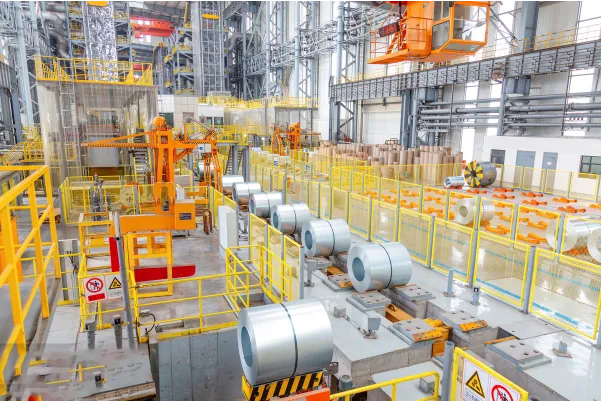
The long-term performance of your stainless steel coil tube depends heavily on how it's treated, both during installation and throughout its service life. The key is to protect the passive layer. This invisible, self-healing layer of chromium oxide is what gives stainless steel its remarkable corrosion resistance. Any action that damages or contaminates this layer compromises the entire material. I’ve seen perfectly good 316L systems fail in a matter of months simply because a contractor used a carbon steel wire brush for cleaning. The iron particles left behind caused rust and initiated pitting corrosion, completely negating the benefit of the superior grade. Proper care is not an option; it's a requirement to ensure the material lives up to its potential, delivering the longevity and quality you paid for.
Preserving the Passive Layer
The goal of all maintenance is to keep this layer clean, intact, and free of contaminants. Regular cleaning removes deposits that could trap corrosives against the surface. Always use soft cloths or nylon brushes and rinse thoroughly with clean water as a final step.
Fabrication and Handling Guidelines
Care starts on day one. During fabrication and installation, simple rules can prevent major problems down the road.
| Do's | Don'ts |
|---|---|
| ✅ Use tools dedicated only to stainless steel. | ❌ Never use steel wool or carbon steel brushes. |
| ✅ Thoroughly clean and passivate welds. | ❌ Don't allow contact with iron or carbon steel particles. |
| ✅ Use cleaners free of chlorides. | ❌ Never use hydrochloric acid for cleaning. |
| ✅ Rinse with clean water and allow to air dry. | ❌ Don't let cleaning solutions dry on the surface. |
Conclusion
Choosing the right stainless steel coil tube is a strategic decision. By understanding the interplay of grades and finishes, you can enhance performance, drive innovation, and build a more resilient supply chain. It's about selecting a material that works for you long-term.
Have Questions or Need More Information?
Get in touch with us for personalized assistance and expert advice.

